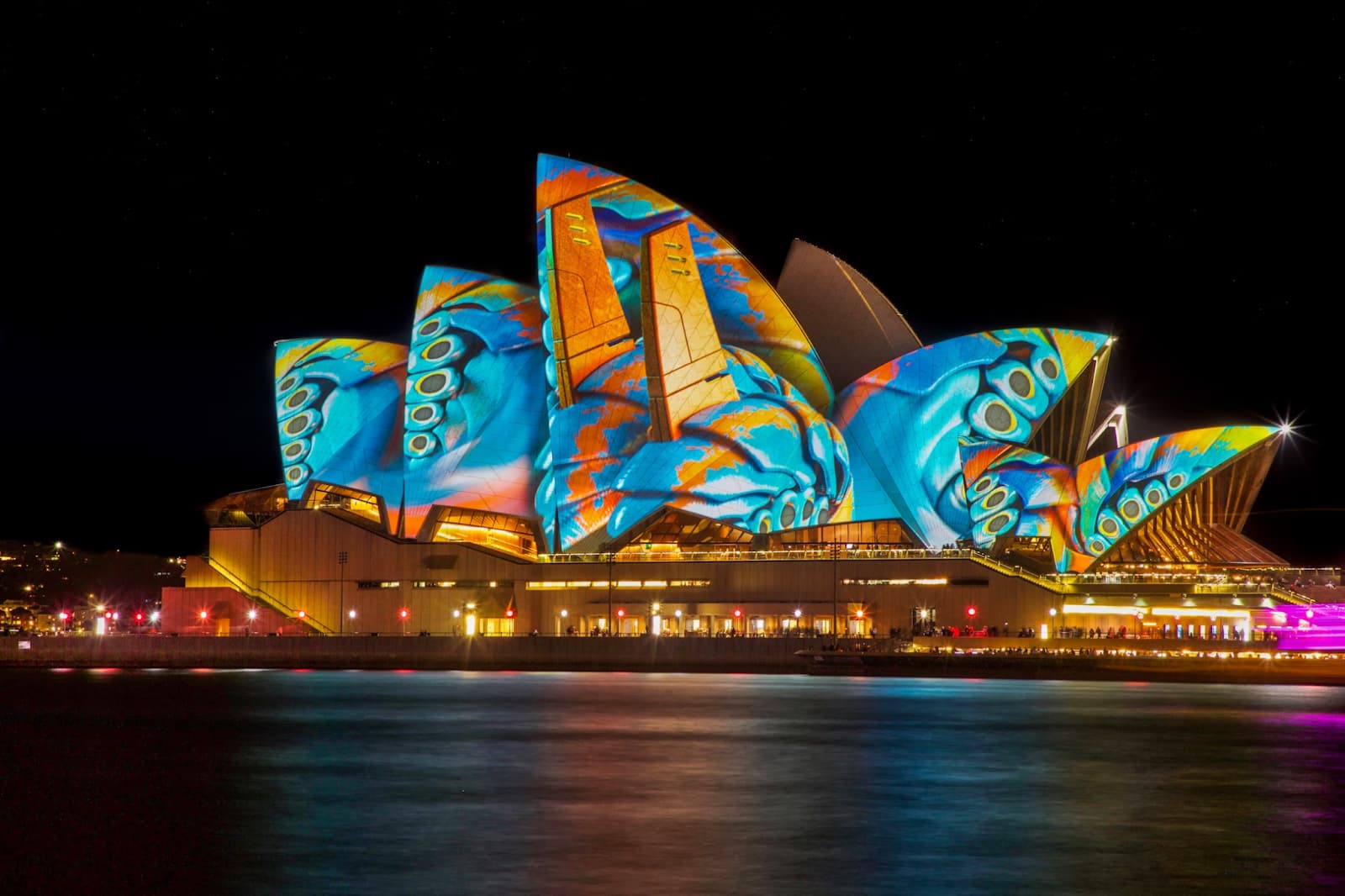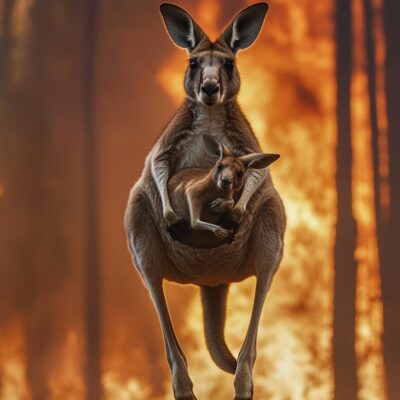
Australian art has a rich and diverse history, deeply influenced by the country’s unique landscapes, Indigenous heritage, and multicultural society. Over the decades, Australian artists have steadily made their mark on the global stage, participating in high-profile exhibitions and sharing their distinct artistic perspectives with audiences around the world. From Indigenous art that reflects Australia’s deep connection to the land to contemporary works that challenge global cultural norms, Australian art has crossed borders, captivating viewers and building bridges between cultures.
In today’s increasingly interconnected world, modern technology plays a vital role in facilitating the international exchange of art. For instance, tools like flight radar are invaluable for tracking the movements of artworks as they make their way to international exhibitions, click to find out more. Galleries and collectors can monitor the transportation of delicate pieces, ensuring their safe arrival. Whether a painting is traveling from Sydney to New York or a sculpture is being shipped to London, this technology offers reassurance and peace of mind to those responsible for handling valuable art pieces during transit.
The Rise of Australian Art on the International Stage
The rise of Australian art in international exhibitions is a testament to the country’s growing influence in the global art scene. Aussie artists, such as Brett Whiteley, Sidney Nolan, and Emily Kame Kngwarreye, have played pivotal roles in shaping the perception of Australian art abroad. Their work, often tied to Australia’s natural beauty, Indigenous culture, or unique national identity, resonates with global audiences, who are drawn to the freshness and depth that Australian art offers.
Major international art events, such as the Venice Biennale and Art Basel, have provided a venue for Aussie artists to showcase their work alongside other leading figures in contemporary art. Through these exhibitions, Australian art has gained significant exposure, with audiences around the world gaining a greater appreciation for its innovative and thought-provoking nature. Additionally, famous galleries like the National Gallery of Australia and the Art Gallery of New South Wales have actively participated in international collaborations, bringing Australian art to Europe, Asia, and North America.
The themes explored by Aussie artists often go beyond geographical boundaries. While many works are inspired by its landscape, artists also address universal themes such as identity, environment, and the human experience. This broad relevance has contributed to the international success of Australian art, making it accessible and meaningful to audiences worldwide.
Indigenous Australian Art: A Global Treasure
Indigenous art holds a special place in the country’s artistic legacy, representing thousands of years of cultural expression and storytelling. These artworks, ranging from traditional dot paintings to modern installations, offer a glimpse into the spiritual and cultural life of Australia’s First Nations peoples. The international community has embraced Indigenous Australian art, with exhibitions showcasing these works in major galleries and museums around the world.
Institutions such as the Musée du Quai Branly in Paris and the British Museum in London have hosted significant exhibitions dedicated to Indigenous Australian art, allowing global audiences to connect with its deep-rooted cultural values. These exhibitions often feature collaborations with Indigenous artists and community leaders to ensure that the works are presented with the appropriate cultural sensitivity and respect. The demand for Indigenous art has grown as more people recognize its beauty, complexity, and the stories it tells about the land and its people.
However, transporting Indigenous artworks across borders requires meticulous care. Many of these pieces are delicate, and their cultural significance adds an additional layer of responsibility in handling and preserving them. The care taken in moving these artworks mirrors the respect with which they are treated globally, reflecting the reverence that the world holds for Australia’s Indigenous cultural heritage.
Australian Artists on the Global Stage

In addition to the international success of Indigenous art, modern Aussie creators have also made significant contributions to the global art scene. Artists like Patricia Piccinini, known for her surreal and hybrid sculptures, and Fiona Hall, whose works challenge conventional narratives about nature and politics, are just a few examples of Australian creatives who have achieved global recognition.
Their work is featured in some of the world’s most prestigious art institutions, from the Museum of Modern Art in New York to the Tate Modern in London. Through these exhibitions, Australian artists are contributing to global conversations about the environment, identity, and human relationships, using their unique perspectives to add richness to the international art discourse.
Australian artists often bring a distinct voice to these conversations, drawing on the country’s history, geography, and cultural diversity. Many works explore themes of migration, displacement, and environmental change, reflecting Australia’s position as both a vast island continent and a global player. These themes resonate internationally, allowing Australian art to transcend its geographical origins and speak to universal human experiences.
Cross-Cultural Exchanges and Artistic Collaborations
As artists gain international recognition, opportunities for cross-cultural collaboration have also flourished. Australian artists are increasingly working alongside international counterparts, creating works that blend different cultural perspectives and practices. This exchange of ideas fosters innovation and creativity, enriching the global art community.
Art residencies, international symposiums, and collaborative exhibitions have provided Aussie artists with the chance to immerse themselves in other cultures, while also sharing their own artistic heritage. This collaborative spirit is essential for the continued growth of Australian art on the world stage, ensuring that it remains a dynamic and evolving field.
Collaborations between Australian and international artists often lead to exciting new works that challenge traditional artistic boundaries. These partnerships enable Australian artists to incorporate global influences into their work while also sharing elements of their own cultural heritage. In this way, Australian art not only reaches new audiences but also continues to evolve through these global exchanges.
Conclusion
Thus, this is a remarkable story of creativity, cultural exchange, and international recognition. From Indigenous Australian art that tells stories of deep cultural relevance to modern works that challenge global norms, Australian art has captured the attention and admiration of audiences around the world.
While logistical challenges accompany the transportation of these valuable works, tools like flight radar have made it easier for galleries and collectors to track the movement of art, ensuring safe arrivals at exhibitions across the globe. This modern infrastructure, though a small part of the process, supports the larger mission of sharing Australia’s artistic legacy with the world.
As Australian art continues to travel beyond its shores, it enriches the global art scene with its unique perspective, offering viewers everywhere the opportunity to engage with Australia’s vibrant and diverse culture. In doing so, art builds bridges across borders, connecting people through the universal language of artistic expression.




